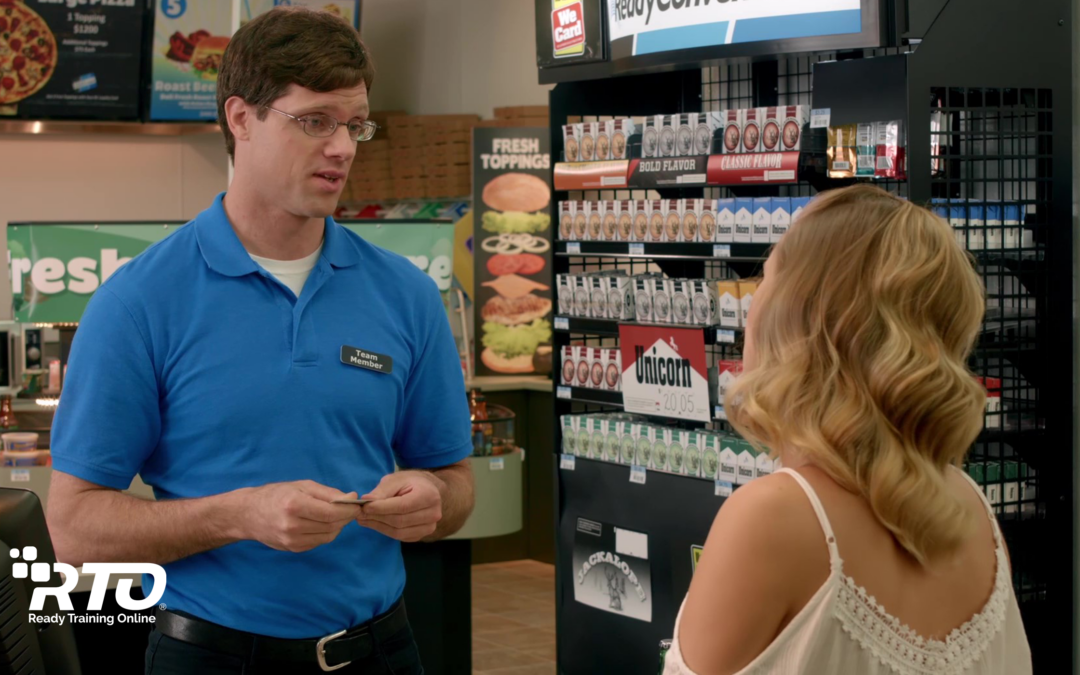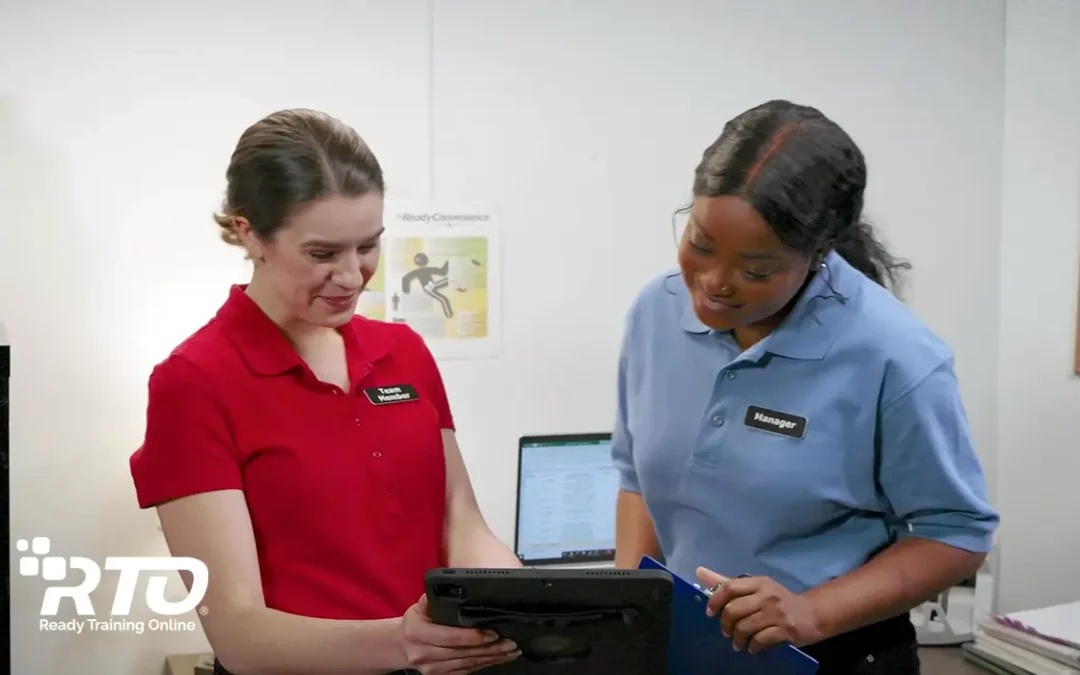Every organization, at some point in time, has to deal with employees who cause problems in the workplace. As a convenience store manager, it’s your responsibility to handle these situations when they occur. Corrective action can be utilized to help employees improve their actions on the job, allowing stores to improve working conditions without having to terminate employees after a first offense.
When to Use Corrective Action
If one of your employees is creating a hostile or uncomfortable environment for others, it is time to step in. Not only does a toxic atmosphere harm the morale of the entire team, it can even push some more productive employees out of your store if left unchecked. When you notice employees creating problems either by observing them yourself or from having it reported to you, it is vital that you address the situation before it gets worse.
How to Use Corrective Action
Administering corrective action isn’t easy for everyone. Below are suggested steps for a corrective action plan. Keep in mind that for each step, it is important that you remain calm, communicate clearly, and fully document each interaction you have with the employee.
Verbal Warning
The first step to using corrective action is issuing a verbal warning to the offending employee. This lets them know that they’re causing an issue and gives them a chance to correct the behavior on their own.
Written Warning
Unfortunately, corrective action isn’t always that quick and easy. If the employee doesn’t change their behavior, you need to escalate to a written warning, usually with a more in-depth meeting about how the employee can improve their behavior.
Final Warning
While a written warning will hopefully be the last action you need to take, sometimes you might have to go further. If an employee still has not improved their behavior, you will need to have at least one more meeting with them. At this meeting, remind employees of the steps you have already taken, and stress that should the behavior not change, you will need to take some disciplinary action. What form that punitive action can take depends on your organization, it usually scales from giving them leave without pay, to a demotion, or termination of their employment.
Next Steps
Hopefully, your employee took your first or second warning to heart, improved their behavior, and the problem ended there. Regardless, if you have received reports about the problem from other employees, it is important to follow up and let them know that you’re dealing with the situation, so they know they can come to you in the future should they encounter other problems. Should your employee not have improved their behavior, however, you will need to enforce the punitive action that you had outlined previously.
Avoid the Need for Corrective Action
One way to avoid ever having to go through this process is by training your employees. A good training program can not only help employees learn the skills needed to perform their duties, it will also inform them about the kind of behavior that is desired in the workplace, and what to do if that standard is not met. Additionally, a strong learning management system will deliver the same training to every employee, making sure that they’re all on the same page for such important topics. Having a learning management system that can handle these topics could save you a lot of headache in the future.
Get More Convenience Store Human Resources Tips
The convenience store training section of our article archives is dedicated to helping you meet your leadership goals. Check it out!





